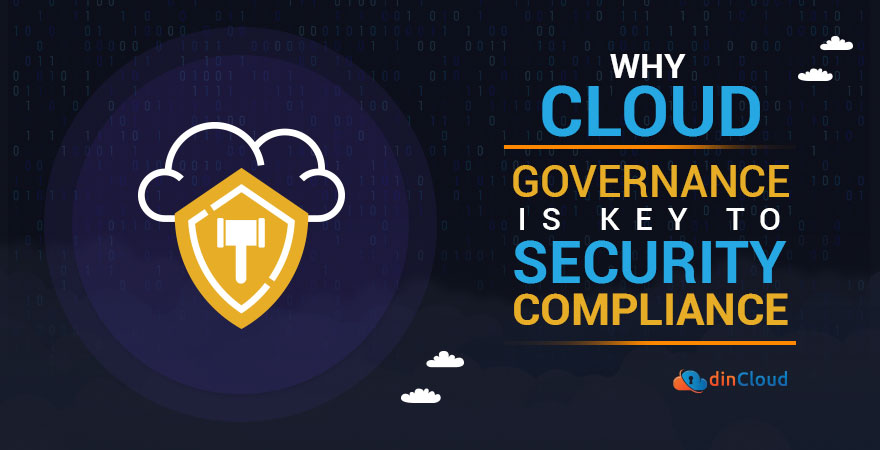The Cloud industry is going through a phase of mass scale adoption across the globe. The Cloud as a whole has answered well to the overnight needs of thousands of organizations to attain full readiness for remote work.

As the adoption of cloud solutions and services increase, so do the accompanying risks and challenges around cloud security as well as regulatory compliance. Now, there is a whole new dimension to this already complex environment, which is remote work.
The sheer scope and scale at which remote work is prevalent at the moment is mind boggling. Such mass scale remote work environments can’t just be managed in a haphazard manner. You need to put in place an elaborate cloud governance mechanism for this.
Also Read: The Cloud – A Quintessential Lifeline for Businesses
What is Cloud Governance?
Although the concept is not entirely new, its importance has been thrust to the limelight in the wake of the Covid-19 pandemic. Cloud Governance is the process of planning, executing and constantly evaluating cloud security as well as compliance.
This is the defined framework around which you will establish your cloud environments. The process does not end here, rather it’s an ongoing and evolutionary exercise in which you will constantly be tweaking your cloud deployments as per changing needs.
Cloud Governance gives you a well structured mechanism that will enable your enterprise to keep its security and compliance up to speed with the constantly evolving cloud landscape and trends.
Also Read: DaaS v/s VDI – Which Serves Digital Transformation Needs Better?
Access Management – A Major Governance Gap
The analysis of most recent incidents of data breach has revealed a major gap in the domain of governance, which is improper access management controls. Most legacy IT infrastructures simply don’t have the innate capability of robust access control.
In the context of security though, access management is perhaps one of the most critical areas. There are two key components of this security paradigm. First is the zero trust security model in which everyone has to go through the authentication process.
An extension of the zero trust security model is a segmented cloud network. This segregation can be done as per the different functional areas of any enterprise. A segmented network comes in really handy to curtail the damage from a breach.
The second and equally important aspect of security is automation. Given the nature of modern day cyber threats, automated security tools are a necessity rather than an option. By doing so, enterprises will be in a much better position to log security events as well.
Also Read: How will the Cloud Re-Shape Our Recovery from Covid-19
Regulatory Compliance – The In-escapable Reality
The other critical component of Cloud Governance is meeting the ever increasing regulatory compliance standards. These standards are now becoming ever more visible and stringent with every passing day.
Although the theoretical range of cloud solutions is all across the globe, wherever there’s the internet, the regulatory picture tells a completely different story. As soon as your cloud environment crosses state, country or continental borders, things change rapidly.
Therefore, enterprises that are quickly moving to the cloud will have to factor in two key components of regulatory compliance. Firstly, they’ll have to go for reliable Cloud Service Providers (CSP) like dinCloud which comply with most of the regulatory standards.
Secondly, geographical boundaries of where your cloud environments and data are deployed will become increasingly complex. Regulatory requirements appear to be posing certain limitations on the outreach of cloud solutions in some use cases.
Also Read: Why Should Secure Work Environments be a Top Priority?
Conclusion
With the growing influence and adoption of the Cloud, it is high time that organizations leveraging the cloud in some way devise a strong Cloud Governance mechanism. This in turn will solve a lot of their pain points in terms of both security and compliance.


